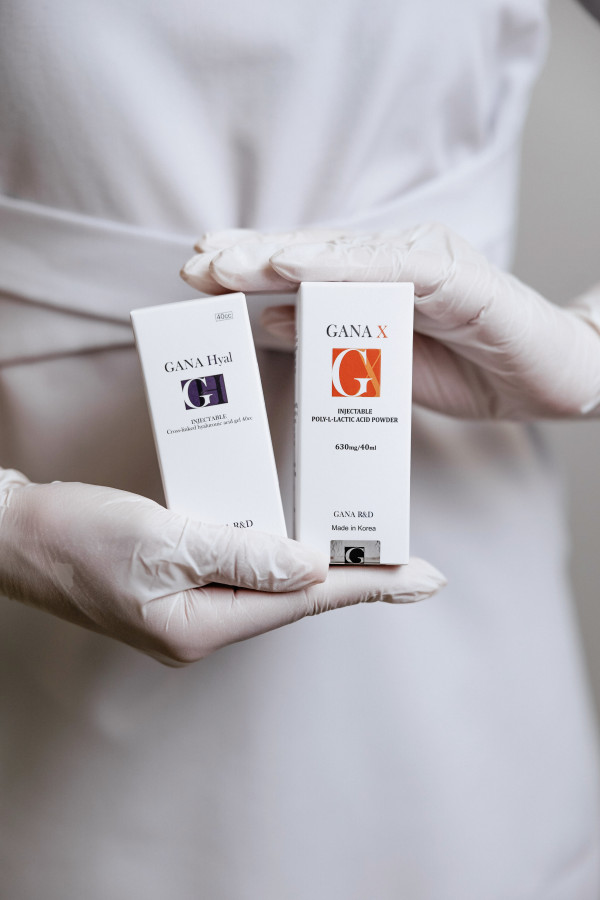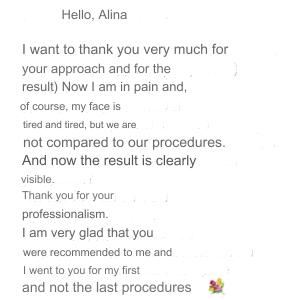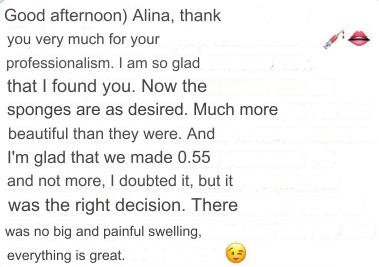Polylactic Acid

This is an innovative approach that allows you not only to fill in wrinkles, but also to stimulate the production of collagen by the body. Thanks to this, fillers based on polylactic acid can be used for natural self-rejuvenation and obtaining the most natural result.
Polylactic acid (PMC/ PLA) is a synthetic polymer that is completely biocompatible with the human body. When administered subcutaneously, polylactic acid-based fillers trigger tissue healing and repair processes due to the continuous active production of collagen. PMK crystals, which make up the filler, fill the voids in the skin and gradually acquire natural collagen. As a result, a dense collagen framework is formed, which will remain even after the drug is removed from the body.
Polylactic acid as a material for fillers has a number of significant advantages:
- hydrophobicity. Does not attract water and does not cause swelling
- biocompatibility. It does not cause rejection by the body, and rarely provokes allergies
- biodegradation. It does not accumulate in the tissues even with regular use, since over time the filler with polylactic acid breaks down and is completely eliminated from the body in the form of water and carbon dioxide
- compatible with many medications. Polylactic acid may be used in parallel with botulinum therapy, thread installation, etc.
- long-lasting effect. The action of PLA fillers lasts about two years, which significantly exceeds the service life of other fillers.
Indications for the procedure on the face
- Reduced skin elasticity
- Gravitational ptosis
- Wrinkles, lumps, nasolabial folds
- Lack of tissue volume
- Post-acne, atrophic scars
- facial asymmetry
- Lipodystrophy of the face, neck, decollete and hands
- Loss of volume, sagging and sagging skin
- Depressive areas on the face - sunken cheeks, temples, nasolacrimal furrow
- Deep wrinkles and creases (in the corners of the eyes, around the mouth, nasolabial and pre-maxillary folds)
- Scars of atrophic and postoperative nature
- Volumization of cheekbones and chin correction
Indications for the body procedure
- Adding volume to the buttocks
- Elimination of sagging skin in the knees, elbows and hands
- Tummy tuck (especially after childbirth)
- Correction of deficiencies after liposuction
- Improve skin elasticity
- Alignment of the muscular framework
Contraindications
- Pregnancy and lactation
- Presence of neoplasms
- Inflammatory processes in the injection area
- Autoimmune diseases
- Systemic diseases of the circulatory system
- allergic reactions to the components of the drug





